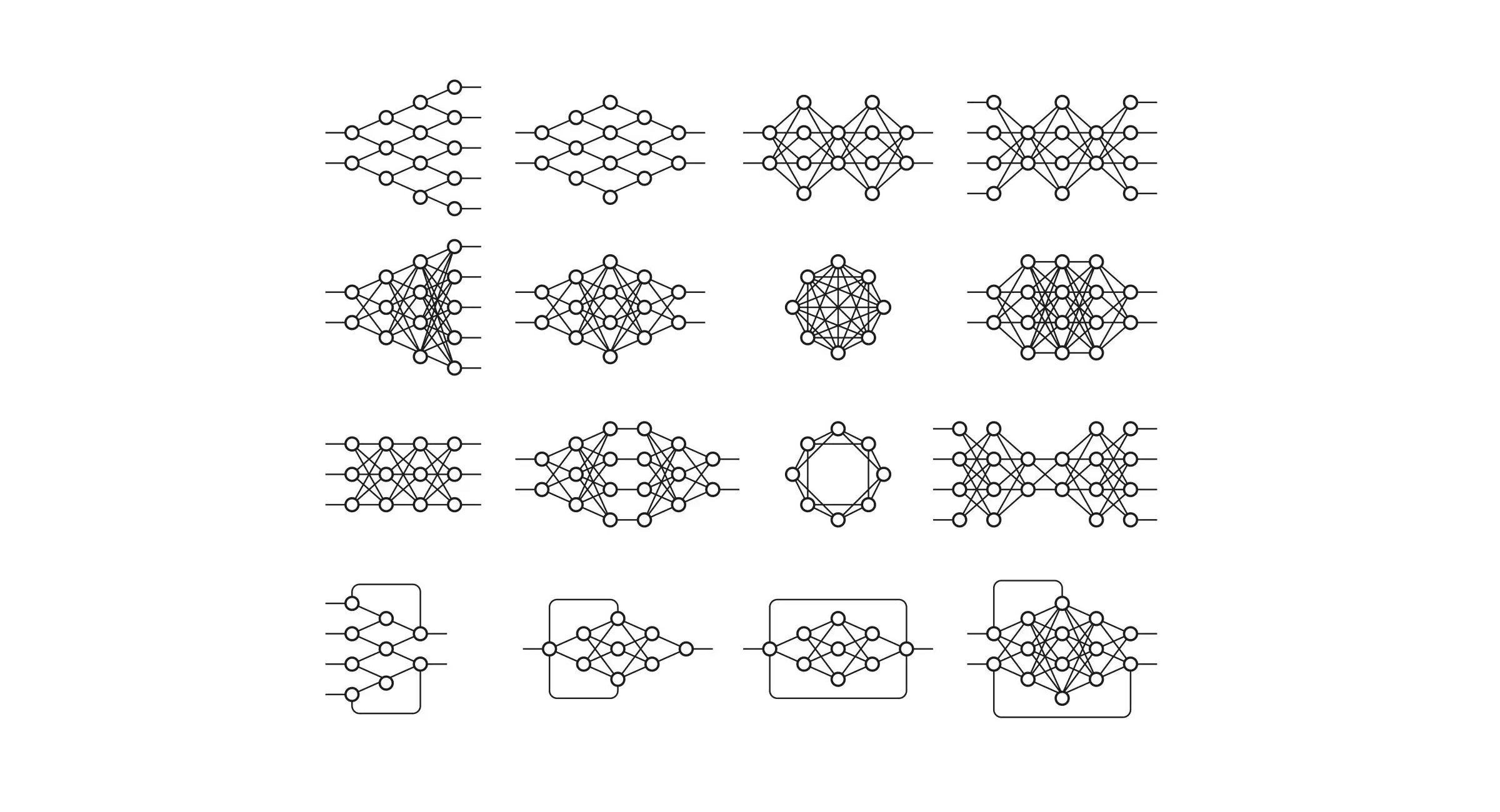131 private links
I do not think it will shock anyone to learn that big tech is aggressively pushing AI products. But the extent to which they have done so might. The sheer ubiquity of AI means that we take for ground the countless ways, many invisible, that these products and features are foisted on us—and how Silicon Valley companies have systematically designed and deployed AI products onto their existing platforms in an effort to accelerate adoption.
The role of the IC (Individual Contributor) is evolving fast—and AI is accelerating the shift. As AI tools become deeply integrated into development workflows, many engineers find themselves stepping into responsibilities once reserved for engineering managers. This isn’t a hypothetical trend—it’s already happening in high-performing teams.
With the advent of Llama 2, running strong LLMs locally has become more and more a reality. Its accuracy approaches OpenAI's GPT-3.5, which serves well for many use cases.
In this article, we will explore how we can use Llama2 for Topic Modeling without the need to pass every single document to the model. Instead, we are going to leverage BERTopic, a modular topic modeling technique that can use any LLM for fine-tuning topic representations.
An LLM is no black box but an ML model (based on Neural Networks) that predicts the ‘next’ token given a sequence of previously predicted tokens and input prompt.
How is it able to get the context of the input? Using multi-head attention helps in focusing on important words compared to other tokens in the input sentence. If you’re interested in mathematics, you can read the below blog.
In recent years, large-scale transformer-based language models have become the pinnacle of neural networks used in NLP tasks. They grow in scale and complexity every month, but training such models requires millions of dollars, the best experts, and years of development. That’s why only major IT companies have access to this state-of-the-art technology. However, researchers and developers all over the world need access to these solutions. Without new research, their growth could wane. The only way to avoid this is by sharing best practices with the developer community.
We’ve been using YaLM family of language models in our Alice voice assistant and Yandex Search for more than a year now.
GPT-3, or Generative Pre-trained Transformer 3, is a piece of AI from the OpenAI group that takes text from the user, and writes a lot more for them.
And, freaking heck am I am impressed at what folks have managed to build around the GPT-3 technology.

We are releasing HiPlot, a lightweight interactive visualization tool to help AI researchers discover correlations and patterns in high-dimensional data.
Clearview AI devised a groundbreaking facial recognition app. You take a picture of a person, upload it and get to see public photos of that person, along with links to where those photos appeared. The system — whose backbone is a database of more than three billion images that Clearview claims to have scraped from Facebook, YouTube, Venmo and millions of other websites — goes far beyond anything ever constructed by the United States government or Silicon Valley giants.
Facebook AI has developed the first neural network that uses symbolic reasoning to solve advanced mathematics problems.
Federal public comment websites currently are unable to detect Deepfake Text once submitted. I created a computer program (a bot) that generated and submitted 1,001 deepfake comments regarding a Medicaid reform waiver to a federal public comment website, stopping submission when these comments comprised more than half of all submitted comments. I then formally withdrew the bot comments.
Artificial intelligence bots have achieved superhuman results in zero-sum games such as chess, Go, and poker, in which each player tries to defeat the others. However, just like humans, real-world AI systems must learn to coordinate in cooperative environments as well.
To advance research on AI that can understand other points of view and collaborate effectively, Facebook AI has developed a bot that sets a new state of the art in Hanabi, a card game in which all players work together. Our bot not only improves upon previous AI systems but also exceeds the performance of elite human players, as judged by experienced players who have evaluated it.
This article discusses GPT-2 and BERT models, as well using knowledge distillation to create highly accurate models with fewer parameters than their teachers
What should worry us most about artificial intelligence: losing our jobs to cheaper labor or losing our lives to killer robots? The real threat may lie in yet another danger: losing our minds.
AI research is making great strides toward its long-term goal of human-level or superhuman intelligent machines. If it succeeds in its current form, however, that could well be catastrophic for the human race. The reason is that the “standard model” of AI requires machines to pursue a fixed objective specified by humans.
We are unable to specify the objective completely and correctly, nor can we anticipate or prevent the harms that machines pursuing an incorrect objective will create when operating on a global scale with superhuman capabilities. Already, we see examples such as social-media algorithms that learn to optimize click-through by manipulating human preferences, with disastrous consequences for democratic systems.
